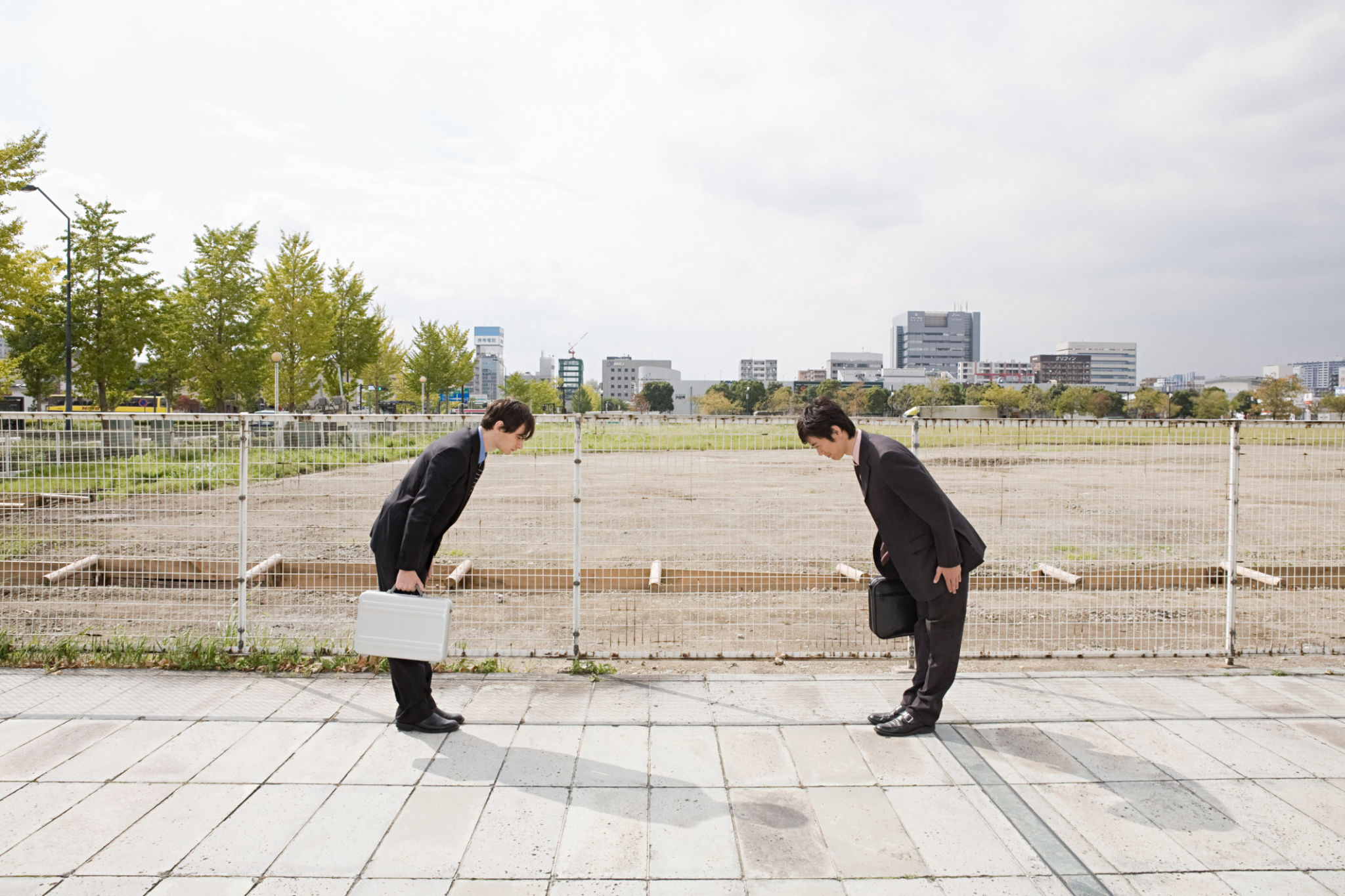A Comprehensive Guide to Building Standards and Energy Assessments in Victoria
Understanding Building Standards in Victoria
Building standards in Victoria are essential for ensuring safety, sustainability, and comfort in residential and commercial constructions. These standards set the groundwork for the design, construction, and performance of buildings, aligning with both state and national regulations.
Adhering to these standards is not just a legal requirement; it is a commitment to quality and excellence. Builders and property owners must be aware of the guidelines to avoid penalties and ensure their structures meet the necessary safety and environmental criteria.

The Importance of Energy Assessments
Energy assessments play a critical role in the building process. They evaluate a property's energy efficiency, helping to reduce energy consumption and costs. In Victoria, energy assessments are part of the regulatory framework that supports sustainable building practices.
These assessments typically involve analyzing insulation levels, heating and cooling systems, and overall design efficiency. By understanding these factors, property owners can implement improvements that lead to significant energy savings.
Key Building Codes and Regulations
Victoria's building codes and regulations are comprehensive, covering everything from structural integrity to environmental impact. Builders must familiarize themselves with the Victorian Building Authority's guidelines to ensure compliance throughout the construction process.
- Structural Safety: Ensures buildings withstand physical stresses.
- Fire Safety: Includes evacuation procedures and fire resistance measures.
- Environmental Sustainability: Focuses on reducing carbon footprints.

Sustainable Building Practices
Sustainability is at the heart of modern building standards in Victoria. Incorporating renewable energy sources, water-saving techniques, and sustainable materials are not just trends but necessities for future-proofing buildings.
Many builders are adopting green building certifications and striving to meet higher energy efficiency ratings. This shift not only benefits the environment but also enhances property value and appeal.
The Process of Conducting Energy Assessments
Conducting an energy assessment in Victoria involves several steps, starting with a thorough inspection of the building's design and systems. Assessors use tools like thermal imaging to identify energy loss areas and suggest improvements.

- Initial Consultation: Understanding the property's unique needs.
- On-Site Inspection: Evaluating current systems and structures.
- Improvement Recommendations: Providing solutions for energy optimization.
The Benefits of Compliance
Compliance with building standards and energy assessments offers numerous benefits. It ensures safety, improves energy efficiency, reduces long-term costs, and enhances property value. Additionally, it aligns with community goals for sustainability.
By adhering to these standards, builders and property owners contribute positively to the environment while also meeting consumer demand for eco-friendly living spaces.
Looking Forward: The Future of Building Standards
The future of building standards in Victoria is leaning towards more stringent sustainability measures. As technology advances, new materials and methods will emerge, further enhancing the efficiency and sustainability of buildings.
Stakeholders in the construction industry should stay informed about upcoming changes in regulations to remain competitive and compliant. This proactive approach will ensure that Victoria continues to lead in innovative building practices.